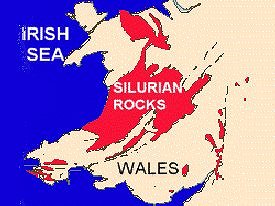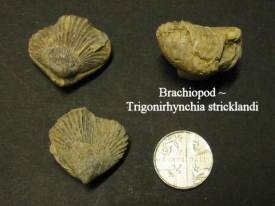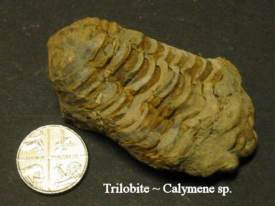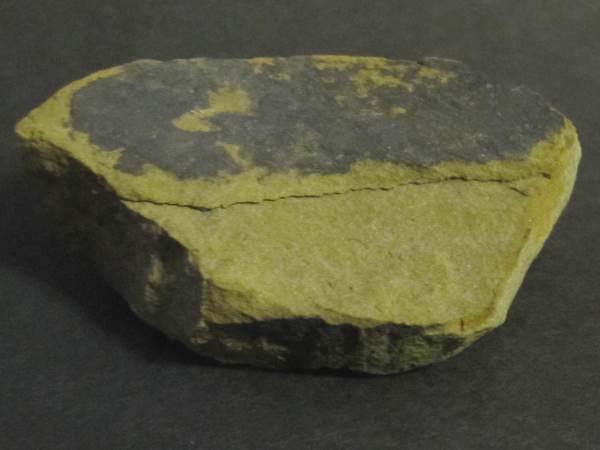Introduction

Aerial View &
Location Map

Habitats

Animals

Dormice

Birds

Invertebrates

Butterflies

Moths

Fauna list

Plants

Orchids

Trees/Shrubs

Fungi

Lichen, Moss
& Liverworts

Flora list

Vistas

Slideshows

Snowscenes

Viewpoints

Nature Trail

Friends' Group

Management

History/Archive

Useful
Information

Contact

Links
|
Stream, Waterfall & Silurian Wenlock rocks
|
A stream flowing from the adjoning allotments runs through the woodland area into the pond.
On it's way it cuts through the clay down to an outcrop of Silurian Wenlock creating a Waterfall.
|

|
Silurian System
~
The Silurian period (c. 440 - 400 million years ago) rocks are widely distributed in South Wales. It is probable that they underlie the greater part of the coalfield for in Glamorgan upper Silurian rocks in 'normal' shelf facies are brought to the surface in the core of the Rumney anticlinal fold in Cardiff.
|
|
Wenlock Series
~
Silurian system Wenlock rocks outcrop at Cardiff in the Rumney inlier forming the core of the Cardiff-Cowbridge anticline.
Wenlock rocks are calcerous mudstones, sandstones and flaggy siltstones which, throughout their range, show much variation and clues to contemporary palaeogeography.
Geological data & maps of the area can be found on the British Geological Survey website.
|

|

|
Penylan Mudstone
~
Many fossils occur in Wenlock rocks which display a rich shelly fauna including many Brachiopods, Trilobites and Corals. The earliest Wenlock is the Penylan Mudstone, a term for the richly fossiliferous mudstones with scattered thin beds of sandstone that occur beneath the Rumney Grit. Penylan Mudstone outcropping on Howardian LNR creates the waterfall.
|
Fossils
~
Wenlock formations contain a rich high diversity of fauna, predominantly of Brachiopods and Trilobites, but also Corals, Gastropods, Bivalves, Cephalopods and Bryozoa, Graptolites are represented by only one species. The richest faunas have come from Penylan Quarry SSSI (ST1981 7873), 800 yards from the outcrop on Howardian LNR.
|

|

|
Sandstones
~
The sandstones within the formation occur as distinct, laterally persistent, parallel sided beds 2 – 20cm thick, and exceptionally up to 60cm. They are variably calcareous, grey to greenish grey when fresh, but weathering buff and subject to Triassic staining. They are fine to very fine grained, some grading to siltstones.
|
All photographs have been taken on the reserve © Friends of Howardian LNR
Back to top
|





